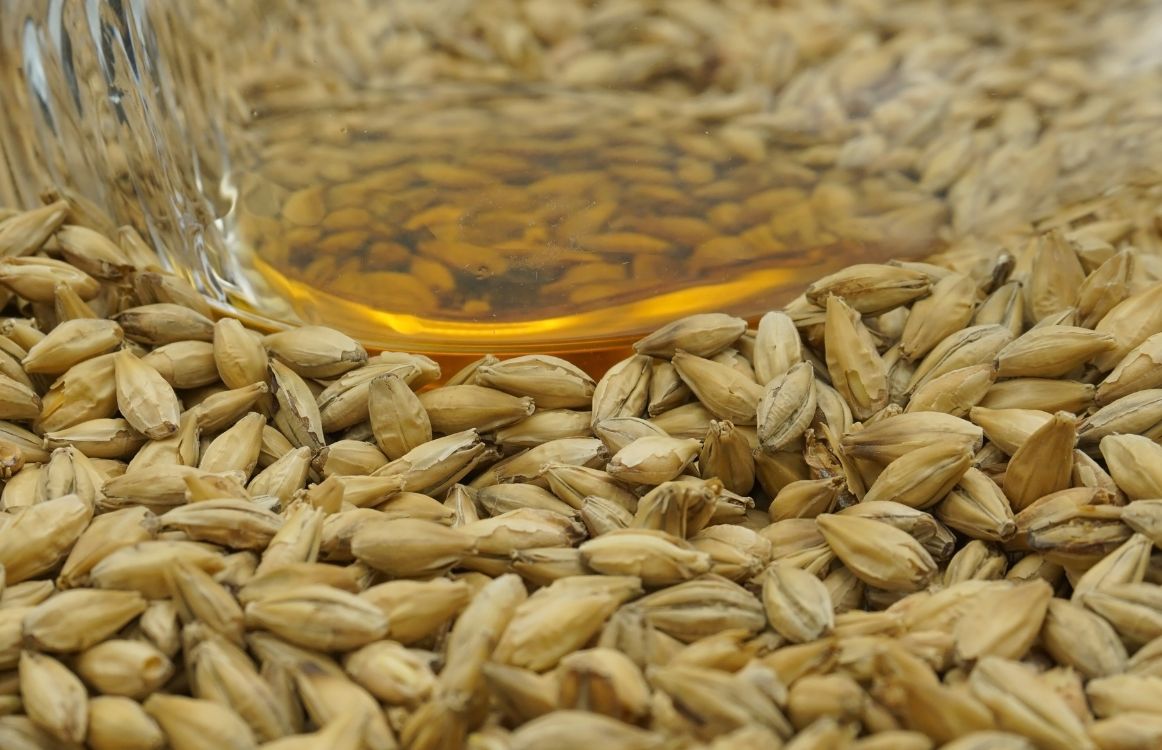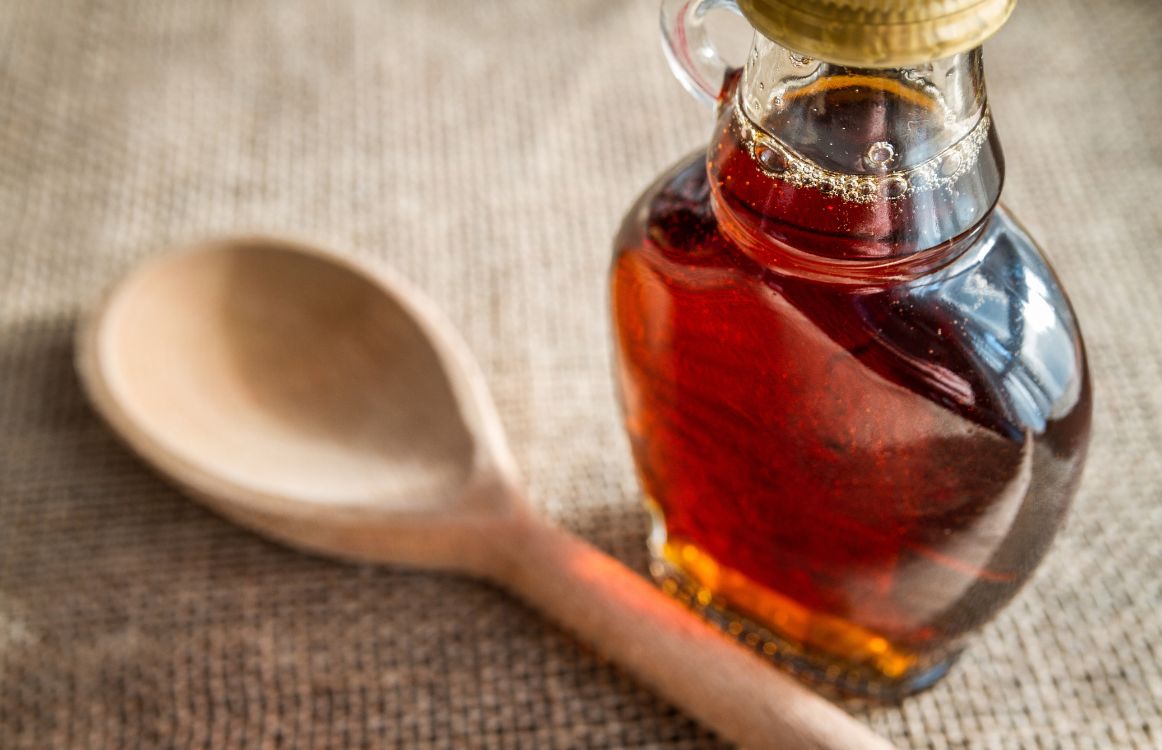Substitution for Barley Malt Syrup: Options for Bakers

Anyone who has come across a recipe that calls for something they don’t have has had to contend with substitutions. Sometimes, you can simply leave out the ingredient called for, in the case of a soup, salad or other savory dish. However, with baking, you often need that specific ingredient or something quite close to it in order to complete the recipe. For example, you cannot make bread rise without yeast. Similarly, you cannot lighten and raise cookies without some form or chemical leavener. In the case of rich, flavorful sweeteners, syrups are often called for and, fortunately, can be swapped out. One example of such a case lies in the substitutions for barley malt syrup.
What Is Barley Malt Syrup?
Barley malt syrup, for those unaware, is the end product of the wort made for beer.
For thousands of years, brewers have called on the ancient grain, barley, to provide a base for their nutritious, frothy, slightly alcoholic beverage.
First, the grain is harvested. Then, it is malted. To malt a grain is to encourage it to begin to sprout. This process brings forth the sugars in the grain that would otherwise remain locked inside.
Next, the grain can be toasted, but this is not always the case. Toasting grains adds a nutty flavor enjoyed by beer drinkers and bread lovers alike.
Finally, the barley is mashed into hot water, resulting in a liquid called “wort.” In brewing, the wort is then strained, cooled, and allowed to ferment.
This wort is also called barley malt.
At this point, the barley malt can be concentrated down and evaporated to make either barley malt syrup, which is also known as LME or liquid malt extract, or DME, or dried malt extract.
These syrups and powders can be used as a sugar base for novice brewers or for bakers.
Why Use Barley Malt Syrup in Baking?
In baking, barley malt syrup is used as a light sweetener that provides richness of color. It is often associated most closely with black strap molasses, though the flavors in barley malt syrup are much less aggressive and less sweet.
The most common use for barley malt syrup is in bagels, where the syrup provides a light sweetener and a nice bronze glaze to the outside of the bagel.
Barley malt syrup is also often added to squash breads, pumpernickels, and ryes for moisture, richness, and color.
What many people don’t realize is that barley malt syrup also contributes to the leavening process.
You see, any time you add yeast to a product, the yeast needs sugar to consume in order to ferment. Leavened bread is all about fermentation. The yeast eats the sugar in the product and then converts that sugar to alcohol and carbon dioxide. In the case of wort, you end up with beer. In the case of bread and pastries, you end up with a nice, fluffy baked good. The alcohol burns off during the baking process in the oven.
Often, when barley malt syrup is called for, you have several options for substitutions.
Substitution for Barley Malt Syrup

Whether you are seeking a substitution because you don’t have barley malt syrup or because you are hoping to add more sweetness to the end product, you can choose from among many options.
The first and most obvious option is blackstrap molasses. You will get a thicker, richer, and sweeter product, and you can swap them out in equal measurements. For ½ cup of barley malt syrup, you would use ½ cup of blackstrap molasses.
The conversion is just as useful in reverse, of course. If, for example, you are making a barbecue sauce, and you want it to be a bit less sweet, you can swap the blackstrap molasses for barley malt syrup.
Another obvious choice is agave syrup, which is a thinner, sweeter syrup that will still deliver the color you want, especially if you go for a dark agave.
Agave syrup is nice because it is a naturally occurring syrup, like maple syrup, extracted from the agave plant, cousin to the cactus. It is vegan and low on the glycemic index, which means it does not spike your blood sugar the way a cane sugar does.
Brown rice syrup is an option if you still want the grain effect, which will give you nutty notes, but you want a gluten-free option. Rice does not naturally have gluten, so you can use this syrup in baked goods where you are hoping for a nice glaze without the gluten. It is also vegan, if you are offering those options to your customers.
Honey is another obvious choice, though do take note that honey is stickier and harder to work with than barley malt syrup.
And finally, you can always use the good old classic maple syrup.
Summing It All Up
In each of these cases, you will want to experiment with measurements that work for your specific baked good. You can begin with a 1:1 ratio and work your way out from there. Be mindful that barley malt syrup is going to be the least sweet of all of the options, and each one of the substitutions listed here will then make your baked goods sweeter based on which choice you make.
The sweetest options are likely to be the brown rice syrup and the maple syrup, with the agave and molasses coming in next. Honey will be the least sweet of all of your options, but it will be the hardest to work with in terms of stickiness.
As with all good things, experimentation and a willingness to fail are essential to mastering your craft.
And the truth is, you cannot really go wrong when baking. You can only reach ever increasing levels of deliciousness.
Happy baking!
Not our customer yet? Join the bakers monitoring their yeast with the help of the Smartest Automated Yeast Cell Counter! Request a Free Demo Account today and experience firsthand how Oculyze can take your bakery to the next level!


